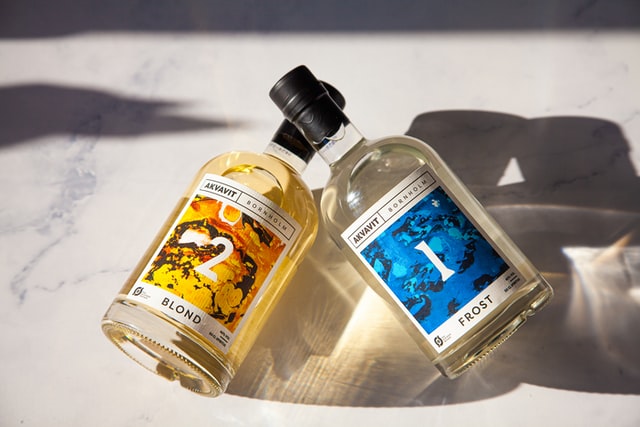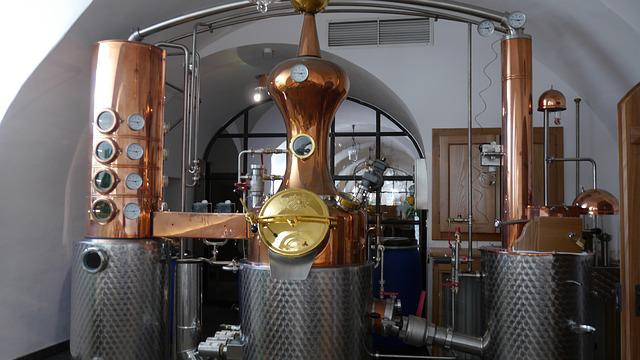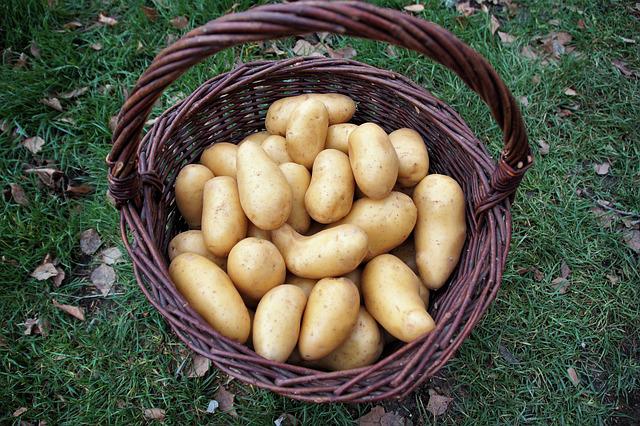Aquavit: A Scandinavian distilled spirit made from potatoes

Distilled spirits like gin and vodka are popular for their high alcohol content and crisp taste. In Nordic countries, alcohol is consumed in various situations, such as with meals, during evening relaxation, or to warm up a cold body. One such distilled spirit is “aquavit,” which originates from the Nordic countries.
In this article, I will introduce the features and history of aquavit, which is widely enjoyed in the Nordic region.
Characteristics of Aquavit
Aquavit is a type of distilled spirit alongside shochu, brandy, and tequila. There are unique brands in various parts of the world, but aquavit originates from Sweden, Denmark, and Norway in the Nordic region. It is also produced in Germany.
A distinctive feature of aquavit is that it is made from potatoes. Potatoes have been grown in Nordic countries as a staple and preserved food since the 18th century due to their cold resistance. For the people of the Nordic region, potatoes are one of the most familiar crops, even used to make distilled spirits like aquavit.
The word “aquavit” is derived from the Latin “aqua vitae”, meaning “water of life.” It is also called “schnapps.” Aquavit is colorless and transparent, and as a distilled spirit, it has a high alcohol content of 40% to 45%, which is considerably higher than wine or beer. The alcohol content of Russian vodka is typically around 40%, which illustrates the high alcohol content of aquavit.
Production of Aquavit

Distilled spirits are made using the difference in boiling points between water and alcohol. By heating fermented liquor, the lower boiling point alcohol vaporizes and is then cooled and returned to a liquid form, producing a higher purity alcohol.
The production method of aquavit is almost the same as that of ordinary distilled spirits. Like barley or wheat for whiskey and sugarcane for rum, potatoes or rye are the main ingredients for aquavit. First, potatoes are saccharified and fermented with malt, followed by the first distillation. Then, flavor is added with herbs and spices such as caraway and fennel. Finally, it is redistilled to complete the aquavit.
History of Aquavit

The origin of aquavit in the Nordic region dates back to ancient times, and it is said that there was already a description related to “aquavit” in the “Stockholm City Financial Report” written in Sweden in the 15th century. However, the early aquavit was different from today’s version, as it was a distilled spirit made from imported European wines.
The use of potatoes as an ingredient in aquavit began during the Seven Years’ War from 1756 to 1763. As a result of potatoes being introduced from Germany to the Nordic countries during the war, potatoes became widespread in the region and were used as an ingredient in aquavit.
Conclusion
Aquavit, a distilled spirit originating from the Nordic countries, is made from potatoes. Distilled spirits are characterized by their high alcohol content produced by extracting alcohol from fermented liquors, and aquavit is also highly concentrated, with over 40% alcohol content.
The prototype of aquavit was consumed in Sweden in the 15th century, and today it is still enjoyed in a wide range of places, from Nordic homes to bars.




